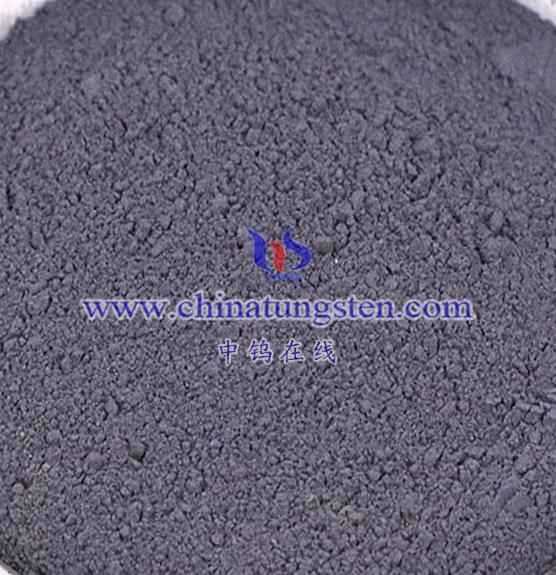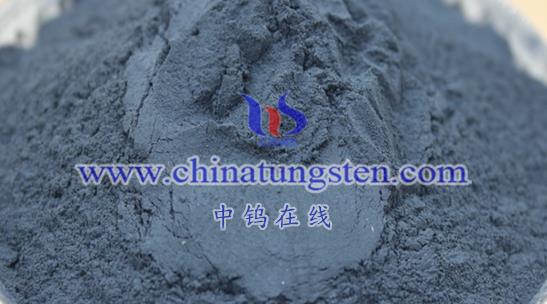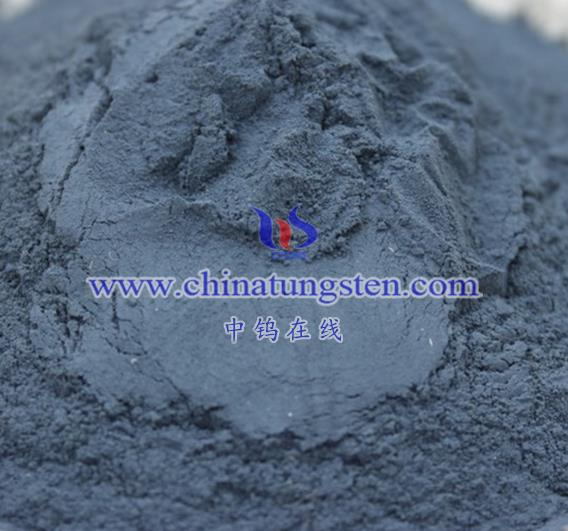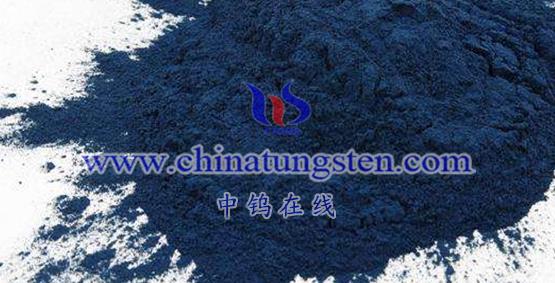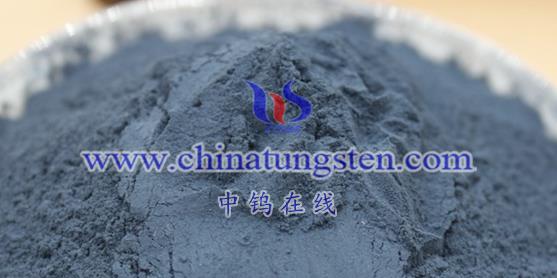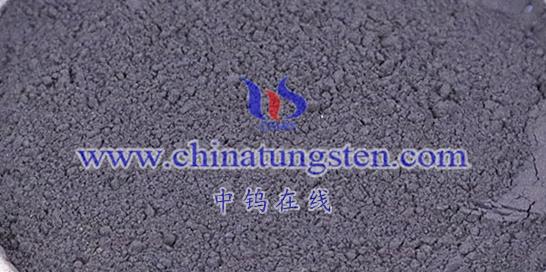
A nano-tungsten trioxide (WO₃) co-catalyst refers to tungsten trioxide at the nanoscale that acts as an auxiliary catalytic component in chemical reactions, working in conjunction with the primary catalyst to promote the rate of the reaction. Although it possesses some catalytic activity on its own, its main function is to enhance or optimize the performance of the primary catalyst rather than to dominate the catalytic reaction directly. The specific roles and characteristics of nano-tungsten trioxide co-catalysts can be summarized as follows:
- Synergistic Catalytic Effect of Nano-Tungsten Trioxide Co-Catalysts
Nano-tungsten trioxide co-catalysts can form a synergistic effect with the primary catalyst by providing additional active sites, altering reaction pathways, or reducing the activation energy of the reaction, thereby accelerating the catalytic process. In certain complex catalytic systems, the introduction of nano-WO₃ co-catalysts can significantly improve the catalytic efficiency and selectivity of the primary catalyst, optimizing the entire catalytic process.
- Improved Catalytic Performance
The nanoscale size and high dispersion characteristics of nano-tungsten trioxide co-catalysts increase their specific surface area and number of active sites, which enhances the efficiency of catalytic reactions. Additionally, nano-WO₃ co-catalysts may exhibit excellent electron transfer properties and stability, contributing to the long-term stable operation of the catalytic system.
- Application Areas of Nano-Tungsten Trioxide Co-Catalysts
Nano-tungsten trioxide co-catalysts have potential application value in various fields, including but not limited to the following:
- Environmental Protection: In areas such as waste gas treatment and water treatment, nano-WO₃ co-catalysts can work alongside primary catalysts to improve the efficiency of pollutant removal and purification effects.
- Energy Sector: In energy conversion and storage technologies, such as lithium-ion batteries and photocatalytic hydrogen production, nano-WO₃ co-catalysts can optimize battery performance and enhance photocatalytic efficiency.
- Chemical Industry: In chemical synthesis and fine chemicals, nano-WO₃ co-catalysts can serve as important catalytic additives to increase reaction yields and product quality.
- Limitations of Nano-Tungsten Trioxide Co-Catalysts
Despite the numerous advantages of nano-tungsten trioxide co-catalysts, they still face challenges and limitations in practical applications. For instance, issues such as high production costs, susceptibility to oxidation, and processing difficulties may restrict their large-scale use. Additionally, optimizing the synergistic effects between nano-WO₃ co-catalysts and primary catalysts to achieve better catalytic outcomes remains an important direction for current research.
In summary, nano-tungsten trioxide co-catalysts are catalytic materials with potential application value that can significantly enhance the efficiency and selectivity of catalytic reactions through their synergistic effects with primary catalysts. However, attention must also be paid to issues related to production costs, stability, and the synergistic effects with other catalysts in practical applications.
More details of tungsten oxide product, please visit website: tungsten-oxide.com
Please contact CHINATUNGSTEN for inquiry and order of tungsten oxide:
Email: sales@chinatungsten.com
Tel.: 86 592 5129595
